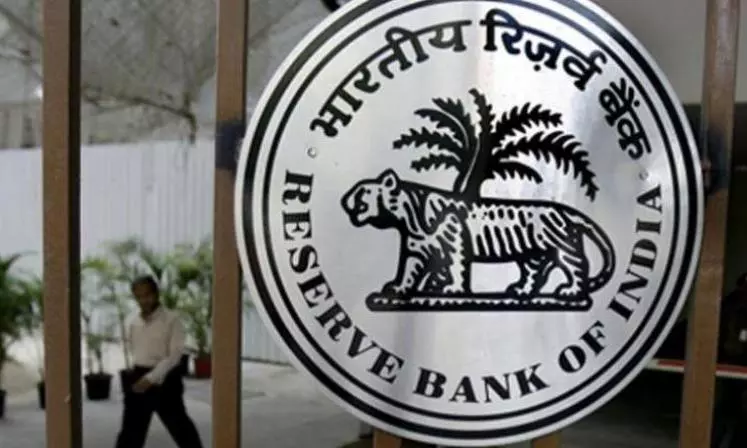
Mumbai:The Reserve Bank of India (RBI) on Wednesday decided to allow banks to fund mergers and acquisitions (M&A) by Indian corporates. Additionally, the central bank also removed regulatory caps on lending against listed debt securities, and enhanced limits for lending against shares and IPO financing to further empower banks in supporting market growth. The central bank also announced plans to introduce risk-based deposit insurance premium against the currently applicable flat rate of premium paid by banks.
Currently, Indian banks are barred from lending for mergers and acquisitions, pushing companies to rely on non-banking financial firms or bonds to finance such deals. According to SBI Research Report, M&A deals in FY24 were valued at over $120 bn (approx Rs 10 lakh crore). Assuming debt component of 40 per cent of M&A and 30 per cent of this could be financed by banks, this translates into a potential credit growth of Rs 1.2 lakh crore.
“There has been significant growth and development in the capital market structure, along with strengthening of the banking system in recent years. With the objective of rationalising the extant guidelines (review of capital market exposure guidelines) and broadening the scope for capital market lending by banks and other regulated entities, it is proposed to inter alia: provide an enabling framework for banks to finance acquisitions by Indian corporates; enhance the limit for lending by banks against shares, units of REITs, units of InvITs while removing the regulatory ceiling altogether on lending against listed debt securities; and put in place a more principle-based framework for lending to capital market intermediaries. Draft guidelines will be issued shortly,” said the RBI in its Monetary Policy announcements.
Alongside acquisition financing, RBI announced sweeping changes to lending norms. The ceiling on loans against listed debt securities has been removed altogether, while the individual limit for loans against shares has been raised five-fold from Rs 20 lakh to Rs one crore. For initial public offering (IPO) financing, the limit has been increased from Rs10 lakh to Rs25 lakh per person.
Importantly, the regulator has proposed to withdraw the framework introduced in 2016 that disincentivized lending by banks to specified large borrowers (with credit limit from banking system of Rs 10,000 crore and above). “This could boost corporate bank credit. Incremental corporate borrowing, including bond, commercial paper, external commercial borrowing was around Rs 30 lakh crore in FY25, if we assume 10-15 per cen% may come back to banking system it has the potential for banks to lend another Rs 3-4.5 lakh crore towards meeting corporate demands, subject to pricing of risks,” said SBI Research report.
Introduction of risk-based deposit insurance premium against the currently applicable flat rate of premium, ensures, revised premium for SCBs could save around Rs 1300/1500 crore per annum ensuring banks which are “sound” paying a lower premium, doing away with the flat rate premium being charged at present.
RBI will also announce Expected Credit Loss (ECL) framework for provisioning. The RBI is also looking at reducing risk weights for NBFCs for infrastructure projects and licensing of new urban co-operative banks.
The RB also announced a suite of measures aimed at widening the use of the rupee in cross-border trade and finance. Key initiatives include allowing authorised banks to provide rupee-denominated loans to non-residents for trade and other specific purposes, introducing reference exchange rates for select partner currencies to facilitate rupee invoicing and settlement, and widening the scope of permitted investments of Vostro account balances (allowing foreign entities to place surplus rupee balances in corporate bonds/CPs in addition to government securities). These steps are designed to reduce dependence on third-currency (USD) settlement frictions, enable smoother trade invoicing in local currency with partner countries, and gradually build international acceptance of the rupee. Alongside macro and operational moves, the RBI announced targeted regulatory adjustments to improve credit availability. The package included measures focused on infrastructure finance, easier treatment for certain NBFC exposures (including calibrated reductions in risk weights for specific NBFC/infrastructure exposures), and revisions to long-standing norms like loans-against-shares.
The central bank emphasised that these are not a rollback of prudential oversight but are intended to unblock financing bottlenecks for productive investment — especially infrastructure and corporate capex — while preserving systemic resilience.






